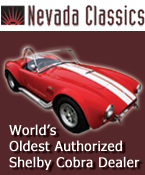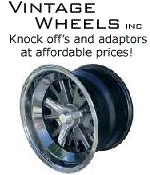
02-15-2017, 03:12 PM
|
|
CC Member

|
|
|
Join Date: Aug 2014
Cobra Make, Engine: Kirkham
Posts: 71
|
|

 Not Ranked
Not Ranked
 Suspension alignment
Suspension alignment
How I set up alignment on my new Kirkham 427, with an opportunity to showcase the really fantastic suspension of the Kirkham. Not just pretty to look at, but really well engineered and a pleasure to work with, compared to my previous work on panteras and mustangs and old corvettes.
This seemed to work for me. I give no guarantees to safety or validity of this technique. This is my experience as an amateur.
As a recreational mechanic, I do not have ready access to a fancy alignment machine. Years back I bought the Fastrax, which is powerful but probably not as precise as a laser. But with the right amount of effort and time, seems to give pretty good results.
This device basically has a level on it, so you can measure camber, which is just how many degrees off the wheel is from the vertical. By holding the device on the wheel and measuring camber at 15 degrees of turn-out and comparing to 15 degrees of wheel turned-in, you can also read caster with the same level.
It also has adapter arms to measure toe in, with some futzing. I have found a bungee cord will hold the device to the wheel while I measure with a tape measure to the opposite tire. I measure to the edge of the tread. This is probably accurate to a sixteenth of an inch if I am careful, judging by my own unofficial testing with repeated measurements. It actually is surprising how consistent the measurements can be.
Last edited by jkg2101; 02-15-2017 at 03:23 PM..
|












 7Likes
7Likes






 Threaded Mode
Threaded Mode

